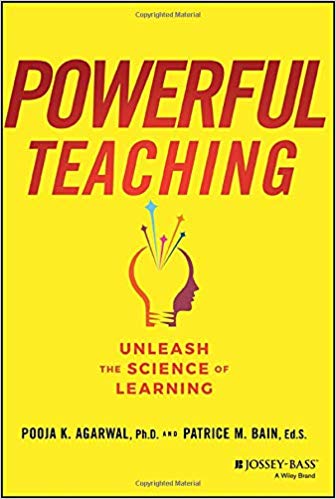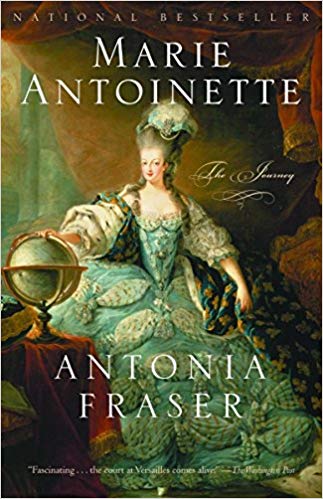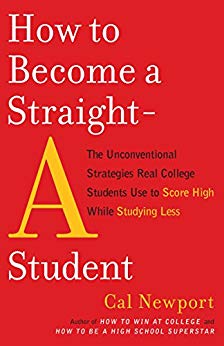
Cheery Friday Greetings to our Learning How to Learners!
Mайстер-клас від Барбари Оуклі
Barb’s just wrapping up her work for IE University in Madrid, Spain this week and, after a weekend visiting historic and beautiful Toledo, is off to Kyiv, Ukraine to work with and speak for Оsvitoria!
Book of the Week
Patient H.M. A Story of Memory, Madness, and Family Secrets, by Luke Dittrich. H.M., that is, Henry Molaison, rivals only Phineas Gage as one of the world’s most famous brain patients. As it turns out, Dittrich’s grandfather, neurosurgeon William Beecher Scoville, performed the notorious surgery that removed Molaison’s hippocampuses and helped spur extraordinary bodies of research on memory. Dittrich’s family history means he has an unparalleled perspective to share on what actually happened to Molaison and what type of man Scoville actually was (hint—there are many dark secrets). This can sometimes be a bit graphic about what can happen during brain surgery, as well as what happens when people undertake to do experiments on people, but its final revelations are astonishing.
Learning About Focused and Diffuse Modes
Barb’s good friend Professor Kenzen Chen of National Chiao-Tung University hosted a fascinating meetup. One of Kenzen’s new TAs, Jenny Wu, made two crafted pinball machines, one representing the diffuse mode, and another representing the focused mode. She wrapped aluminum foil on the board, connected screws to the anode and the foil to the cathode. When the pinball kicks the screw, an electric circuit is formed and the light bulb blinks. Participants were excited and the handmade machine prompted them to compare and think about how the two modes are different! These two images convey something of the excitement!
How Deep Sleep May Help The Brain Clear Alzheimer’s Toxins
This article by Jon Hamilton, in NPR’s health news section, discusses the role of deep sleep in clearing toxins (which may affect Alzheimer’s). It also includes a marvelous animation so you can more clearly see the phenomenon taking place. [Hat tip: Carolyn Patterson]
First Common Core High School Grads Worst-Prepared For College In 15 Years
This article, by Joy Pullmann in The Federalist, observes “For the third time in a row since Common Core was fully phased in nationwide, U.S. student test scores on the nation’s broadest and most respected test have dropped, a reversal of an upward trend between 1990 and 2015. Further, the class of 2019, the first to experience all four high school years under Common Core, is the worst-prepared for college in 15 years, according to a new report…. This is the opposite of what we were told would happen with trillions of taxpayer dollars and an entire generation of children who deserve not to have been guinea pigs in a failed national experiment.” This article in U.S. News & World Report echoes the findings.
Learning is optimized when we fail 15% of the time
As this Neuroscience News article describes: “Learning is optimized in computer models when there is an error rate of 15%. Researchers say the 85% accuracy rule may also apply to humans for optimal perceptual learning.” [Hat tip: brandonrox10.]
That’s all for this week. Have a happy week in Learning How to Learn!
Barb, Terry, and the entire Learning How to Learn team
- Get the course recommended text, A Mind for Numbers!
- And Learning How to Learn: How to Succeed in School Without Spending All Your Time Studying; A Guide for Kids and Teens. Great ideas for parents, too!
- Follow LHTL on Facebook | Join the private LHTL Hall of Fame group | Follow LHTL on Twitter

















